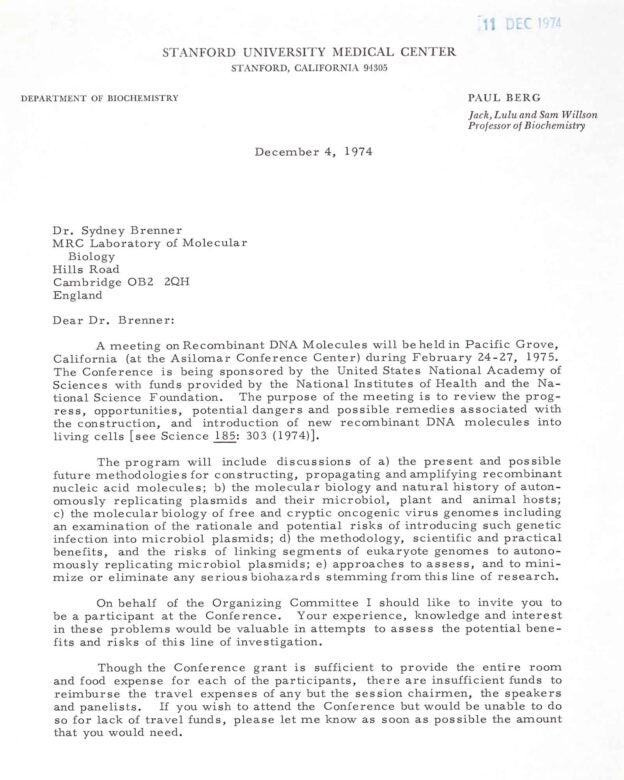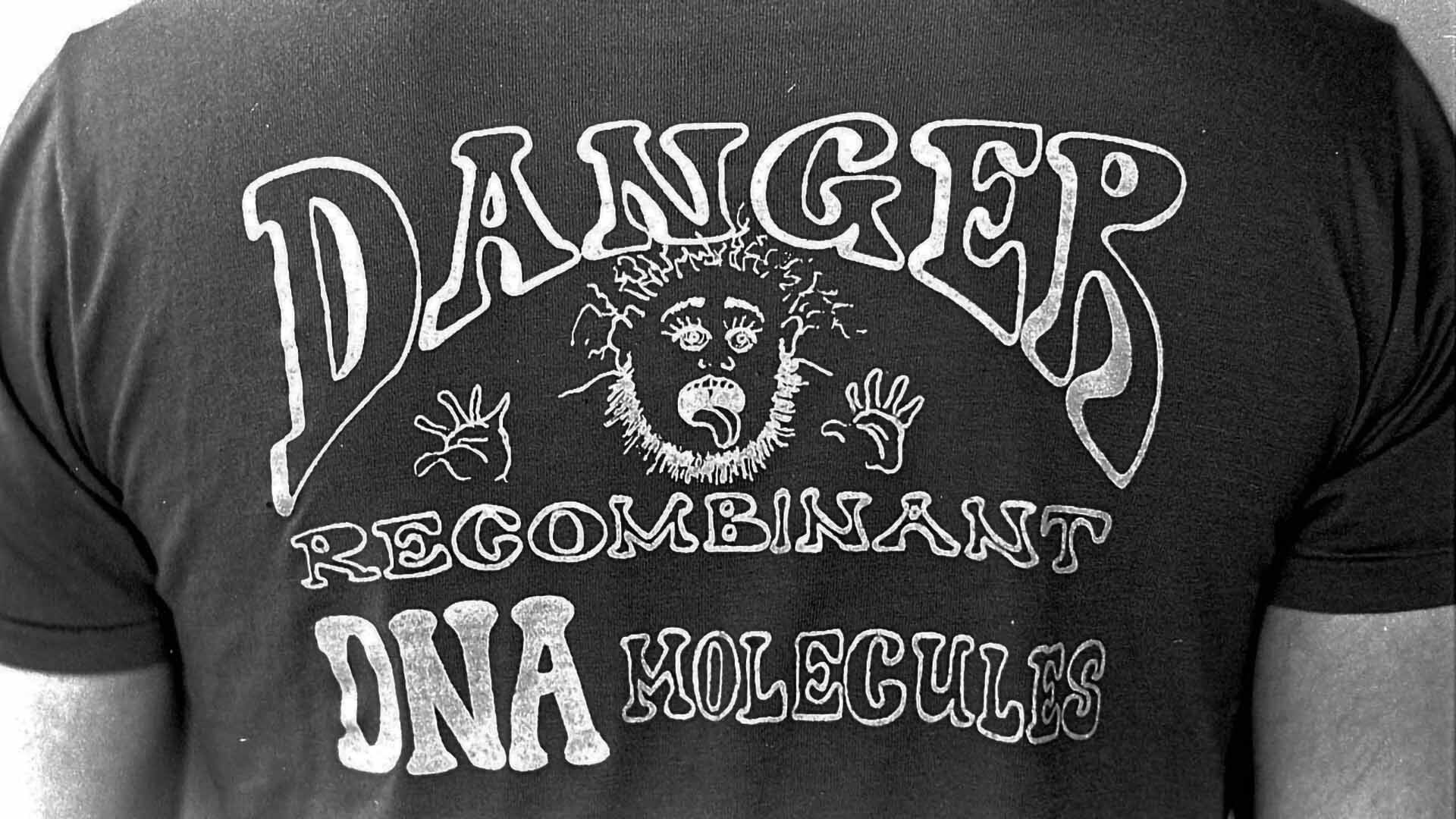Over 50 years ago, the first recombinant DNA experiments brought genome editing out of the realm of science fiction and into the mainstream. Recombinant DNA (rDNA) is a hybrid molecule made by combining DNA from two different species. Its arrival opened a Pandora’s box. Some feared it could lead to mutant viruses able to wipe out humanity. But there was also great hope. Studies suggested rDNA might revolutionize treatments for cancer and diabetes. The battle between hope and fear would play out in public.

In response to concerns around gene editing, scientists suggested a temporary pause on rDNA research in 1974. The Asilomar Conference in California led to new regulations from the National Institutes of Health in 1976. Two years later, rDNA proved its worth. In 1978, the technology produced the first synthetic human insulin. With this development, rDNA lived up to its promise. It opened up access to high-quality treatments for millions of patients with diabetes. Hope prevailed.
Today, at Cold Spring Harbor Laboratory (CSHL), modern gene-editing tools like CRISPR-Cas9 have become indispensable. Postdoc Asad Lakhani recently helped develop a new CRISPR-based method to cripple cancer cells. CSHL Professor Christopher Vakoc used CRISPR to hunt down a protein essential for pediatric cancer rhabdomyosarcoma. When Vakoc’s team knocked out the protein, the cancer’s cells transformed into healthy muscle cells.
Later this month, CSHL’s Library & Archives will host Recombinant DNA: Fifty Years of Discovery & Debates. The meeting brings together some of the field’s seminal figures, including 1975 Nobel laureate David Baltimore.
Despite early controversy, gene-editing tools like rDNA and CRISPR have led to groundbreaking advances in healthcare. This technology has revolutionized genetics research at CSHL and around the world. It continues to have broad ethical implications, and informed discussions like those scheduled for CSHL’s upcoming meeting remain critical. Yet there can be no doubt that gene-editing technology offers tremendous benefits for science and society.
Written by: Nick Wurm, Communications Specialist | wurm@cshl.edu | 516-367-5940
